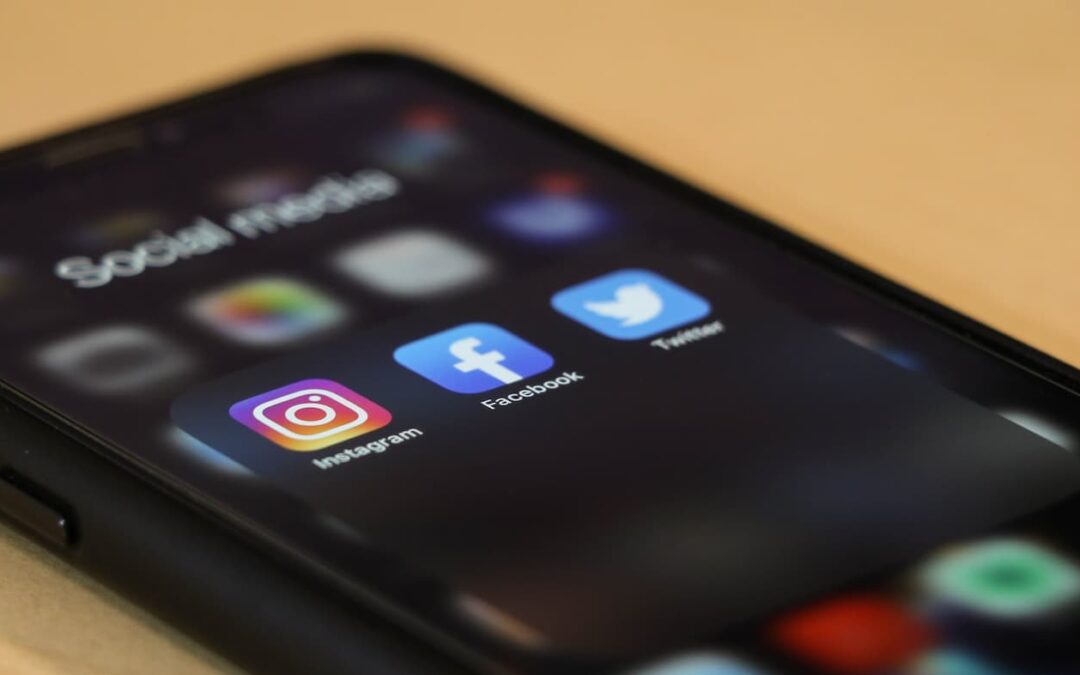Social media has become a vital tool for advocacy and social change in the 21st century. It has the power to connect individuals and communities across the globe, amplify voices that may have otherwise gone unheard, and create a sense of collective action towards a common goal. In this blog post, we will explore the various ways in which social media can be used for advocacy and social change, and how it has helped to bring about positive change in society.
Raising Awareness and Building Community
One of the most significant benefits of social media is its ability to raise awareness about important social issues and bring together individuals who are passionate about a particular cause. Social media platforms such as Facebook, Twitter, and Instagram enable users to share information, news articles, videos, and personal stories with a wide audience. This can help to educate people about social issues, and encourage them to take action to address them.
For instance, the #MeToo movement, which started as a hashtag on social media, raised awareness about sexual harassment and assault, and encouraged survivors to share their stories. The movement sparked a national conversation about the prevalence of sexual harassment and assault, and led to a series of changes in the workplace and society at large.
Similarly, the Black Lives Matter movement has used social media to raise awareness about police brutality and systemic racism in the United States. Activists have used hashtags such as #BlackLivesMatter and #SayHerName to share information about cases of police brutality and to call for justice for victims. These efforts have helped to build a community of activists who are working towards reforming the criminal justice system and ending systemic racism.
Influencing Public Opinion and Policy
Social media has also become a powerful tool for influencing public opinion and policy. By sharing information and personal stories on social media, individuals and organizations can shape public discourse and push for changes in policy.
For example, the #NeverAgain movement, started by survivors of the Parkland school shooting, used social media to advocate for gun control measures. The movement organized a nationwide protest called the March for Our Lives, which drew over a million participants in over 800 locations across the country. The movement’s efforts contributed to changes in gun control legislation at the state and federal levels, including the passage of a bill in Florida that raised the minimum age for buying firearms.
Similarly, social media has been used to advocate for environmental causes such as climate change. The hashtag #ClimateStrike was used to promote a global climate strike in 2019, which involved millions of people in over 150 countries. The movement brought attention to the urgent need for action on climate change and put pressure on governments and corporations to take steps to address it.
Mobilizing Supporters and Raising Funds
Social media has also proven to be an effective tool for mobilizing supporters and raising funds for social causes. By creating campaigns on social media platforms such as GoFundMe, individuals and organizations can raise money for specific causes and reach a large audience of potential donors.
In addition, social media can be used to organize events and rallies, and to mobilize supporters to take action on behalf of a particular cause. For example, the Women’s March on Washington, which took place in 2017, was organized in part through social media. The march drew over 500,000 participants in Washington D.C. alone, and millions more around the world. The event highlighted the need for gender equality and inspired many participants to become more involved in activism and advocacy.
Challenges and Limitations
While social media has many benefits for advocacy and social change, it also has some challenges and limitations. One of the main challenges is the potential for misinformation and ” fake news” to spread rapidly on social media platforms. False information can undermine the efforts of activists and advocates and can harm the credibility of social movements.
In addition, social media can also reinforce existing biases and create echo chambers where people are only exposed to information that confirms their preexisting beliefs. This can make it difficult to reach people who may not already be aware of or sympathetic to a particular cause.
Furthermore, not everyone has equal access to social media, which can limit its ability to create social change. People who lack access to the internet or social media platforms may not have the same opportunities to participate in advocacy and social change efforts.
Despite the many benefits of using social media for advocacy and social change, there are also some challenges and limitations to consider. One of the most significant challenges is the risk of spreading misinformation and “fake news” on social media platforms, which can be harmful and detrimental to social causes. Additionally, social media can sometimes be an echo chamber where like-minded individuals only engage with others who share their views, which can limit the potential for meaningful dialogue and collaboration. It is important to remain aware of these challenges and work to mitigate their impact while utilizing the power of social media for positive change.


